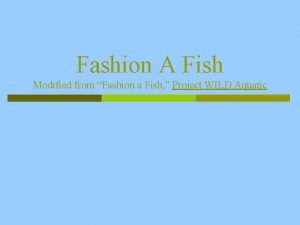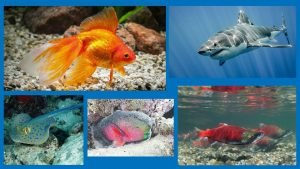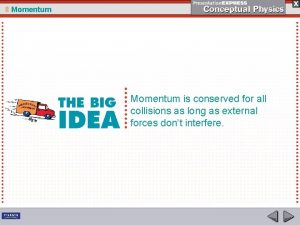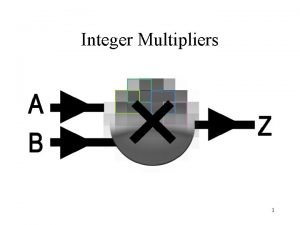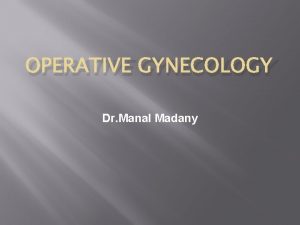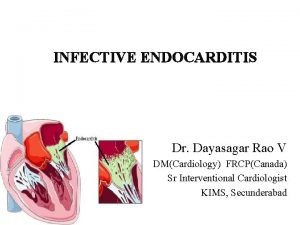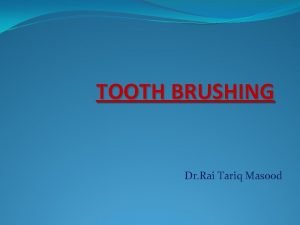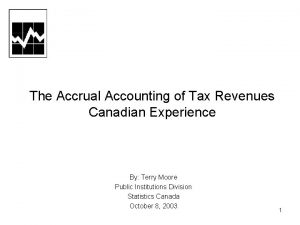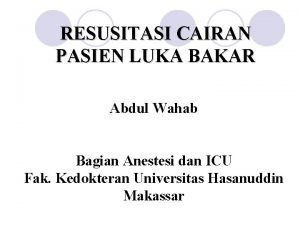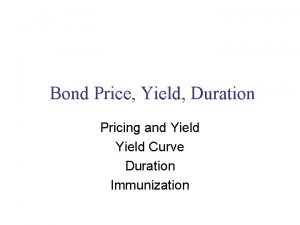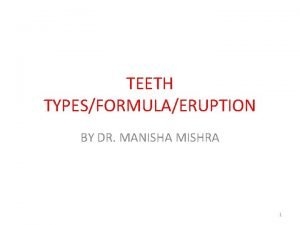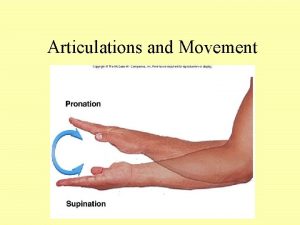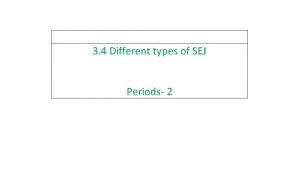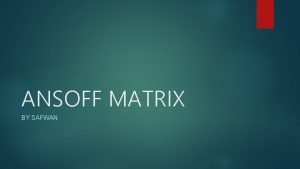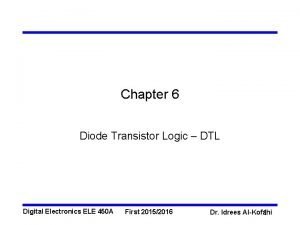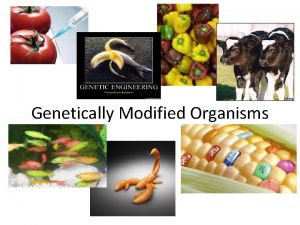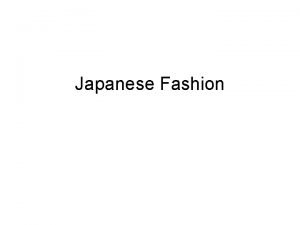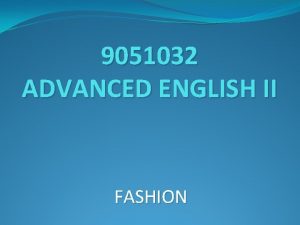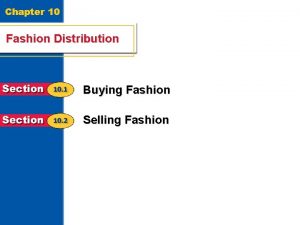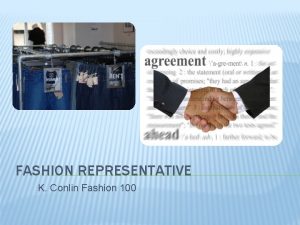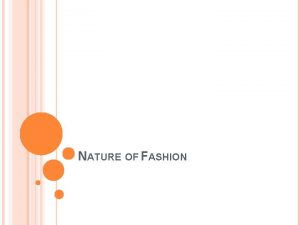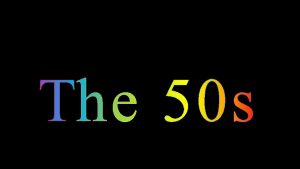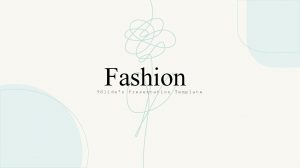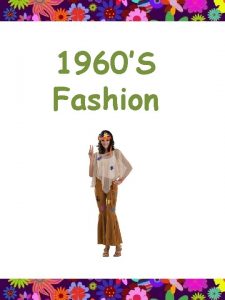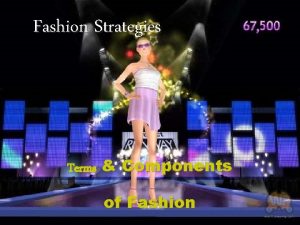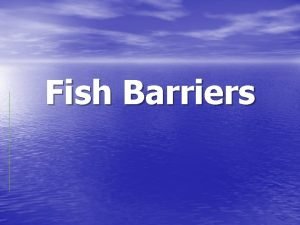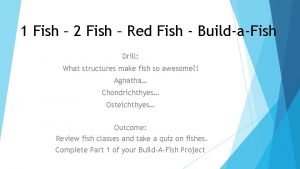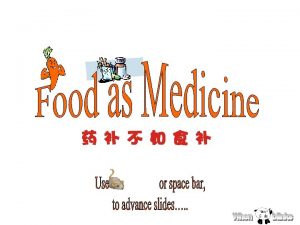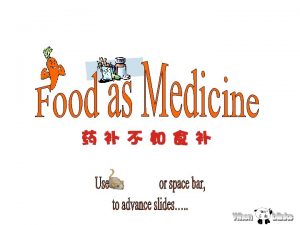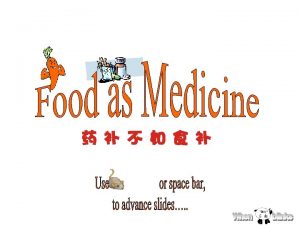Fashion A Fish Modified from Fashion a Fish























- Slides: 23

Fashion A Fish Modified from “Fashion a Fish, ” Project WILD Aquatic

Objectives p Students will be able to: n n Describe the adaptations of fish to their environments Describe how adaptations can help fish survive in their habitats Interpret the importance of adaptation in animals Construct a fish with a given set of adaptations

Background p Aquatic Animal adaptations have occurred over the course of several years p Adaptations increase likelihood of survival p Some have adapted to a point that they are vulnerable to slight changes

Mouth 1: p Sucker Mouth Shaped n Advantage: Feeds on very small plants and animals n Examples: Sucker, Carp

Mouth 2: p Elongated upper jaw n Advantage: feeds on prey it looks down on n Examples: Spoonbill, Sturgeon

Mouth 3: p Elongated Lower Jaw n Advantages: Feeds on prey it sees above n Examples: Barracuda, snook

Mouth 4: p Duckbill Jaws n Advantages: Grasps prey n Examples: Muskellunge, Pike

Mouth 5: p Extremely Large Jaws n Advantages: Surrounds Prey n Examples: Bass, Grouper

Body Shape 1: p Torpedo Shape n Advantages: Fast Moving n Examples: Trout, Salmon, Tuna

Body Shape 2: p Flat Bellied n Advantages: Bottom Feeder n Examples: Catfish, Sucker

Body Shape 3: p Vertical Disk n Advantages: Feeds above or below n Examples: Butterfish, Bluegill

Body Shape 4: p Horizontal Disk n Advantages: Bottom Dweller n Examples: Flounder, Halibut

Body Shape 5: p Hump Backed n n Advantages: Stable in fast-moving water Examples: Sockeye, Salmon, Chub, Razorback

Coloration 1: p Light-Colored Belly n Advantages: Predators have difficulty seeing it from below n Examples: Most minnows, Perch, Tuna, Mackerel

Coloration 2: p Dark Upper Side n Advantages: Predators have difficulty seeing it from above n Examples: Bluegill, Crappie, Barracuda, Flounder

Coloration 3: p Vertical Stripes n Advantages: Can hide in vegetation n Examples: Muskellunge, Pickerel, Bluegill

Coloration 4: p Horizontal Stripes n Advantages: Can hide in vegetation n Examples: Yellow and White Bass, Snook

Coloration 5: p Mottled Coloration n Advantages: Can hide in rocks and on bottom n Examples: Trout, Grouper, Rock Bass, Hogsucker

Reproduction 1: p Eggs deposited in bottom n Advantages: Hidden from Predators n Examples: Trout, Salmon, most minnows

Reproduction 2: p Eggs deposited in nests n Advantages: Protected by adults n Examples: Bass, Stickleback

Reproduction 3: p Floating Eggs n Advantages: Dispersed in high numbers n Examples: Striped Bass

Reproduction 4: p Eggs attached to vegetation n Advantages: Stable until hatching n Examples: Perch, Northern Pike, Carp

Reproduction 5: p Live Bearers n Advantages: High Survival Rate n Examples: Guppies
 One fish two fish red fish blue fish ride
One fish two fish red fish blue fish ride One fish two fish blowfish blue fish
One fish two fish blowfish blue fish All vertebrates
All vertebrates Vertical disk fish
Vertical disk fish Cartilaginous fish vs bony fish
Cartilaginous fish vs bony fish Bony vs cartilaginous fish
Bony vs cartilaginous fish A big fish swims up and swallows a small fish at rest
A big fish swims up and swallows a small fish at rest Cut evenly from large slabs of frozen fillets
Cut evenly from large slabs of frozen fillets Modified booth algorithm
Modified booth algorithm Modified shirodkar cerclage
Modified shirodkar cerclage Modified gravity
Modified gravity Duke's criteria
Duke's criteria What is a bishop score
What is a bishop score Charters method of toothbrushing
Charters method of toothbrushing Modified cash basis
Modified cash basis Modified three stage processing model of memory
Modified three stage processing model of memory Formula baxter anak
Formula baxter anak Wallace rule of nine
Wallace rule of nine Bond equivalent yield formula
Bond equivalent yield formula Palmer notation tooth chart
Palmer notation tooth chart Modified ball and socket joint
Modified ball and socket joint Sej types
Sej types Netflix ansoff matrix
Netflix ansoff matrix Dtl inverter
Dtl inverter



